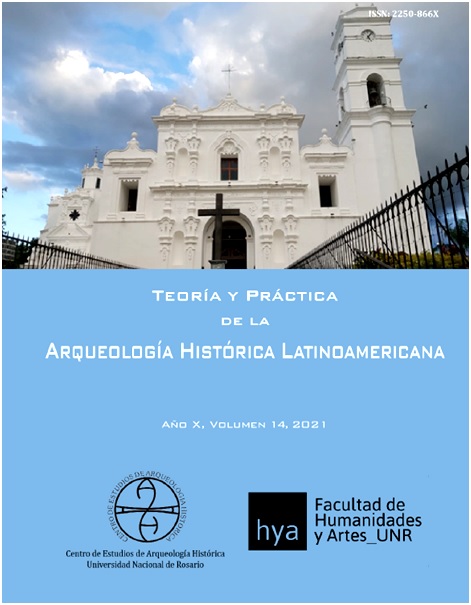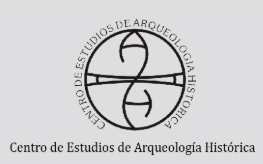CONSTRUCTION OF THE PLOT AND WARP OF A CITY IN THE 16TH CENTURY: SANTA MARIA DE LA ASUNCIÓN MISANTLA, VERACRUZ, MEXICO
DOI:
https://doi.org/10.35305/tpahl.v14i1.143Keywords:
Misantla, Veracruz, Mexico, 16th century, ordinances, urbanism, indigenous thoughtAbstract
Santa María de la Asunción Misantla in the Sierra de Chiconquiaco in the State of Veracruz, Mexico, is one of the towns of Indians in which, the indigenous people, repeat a pattern of composition of peoples united by kinship or cultural affinity, small and scattered, reflecting their knowledge of the world divided into four barracks, whose urban fabric represents the composition of the four directions of the indigenous world, as they conceived it.
By complying with the Ordinances to "Reduce" Indian villages into a single space next to a river in the foothills of the mountains, a task that takes the religious to convince and transfer them from 1531 to 1564, anticipating the unwritten law of unifying them. to provide religious instruction, as well as having their workforce on the orders.Urbanism is a clear representation of the world on four sides and the center of the universe or navel, which they considered the center of the cosmos, a scheme that can be seen in the weft and warp of multiple Mesoamerican pre-Hispanic peoples, such as Tenochtitlan or Teotihuacan and continues to be repeated in some populations, among them in Zinacantán, in the south of Mexico, in the State of Chiapas, or to the north, among the Huichols, both in their cornfields and in their works of art.







